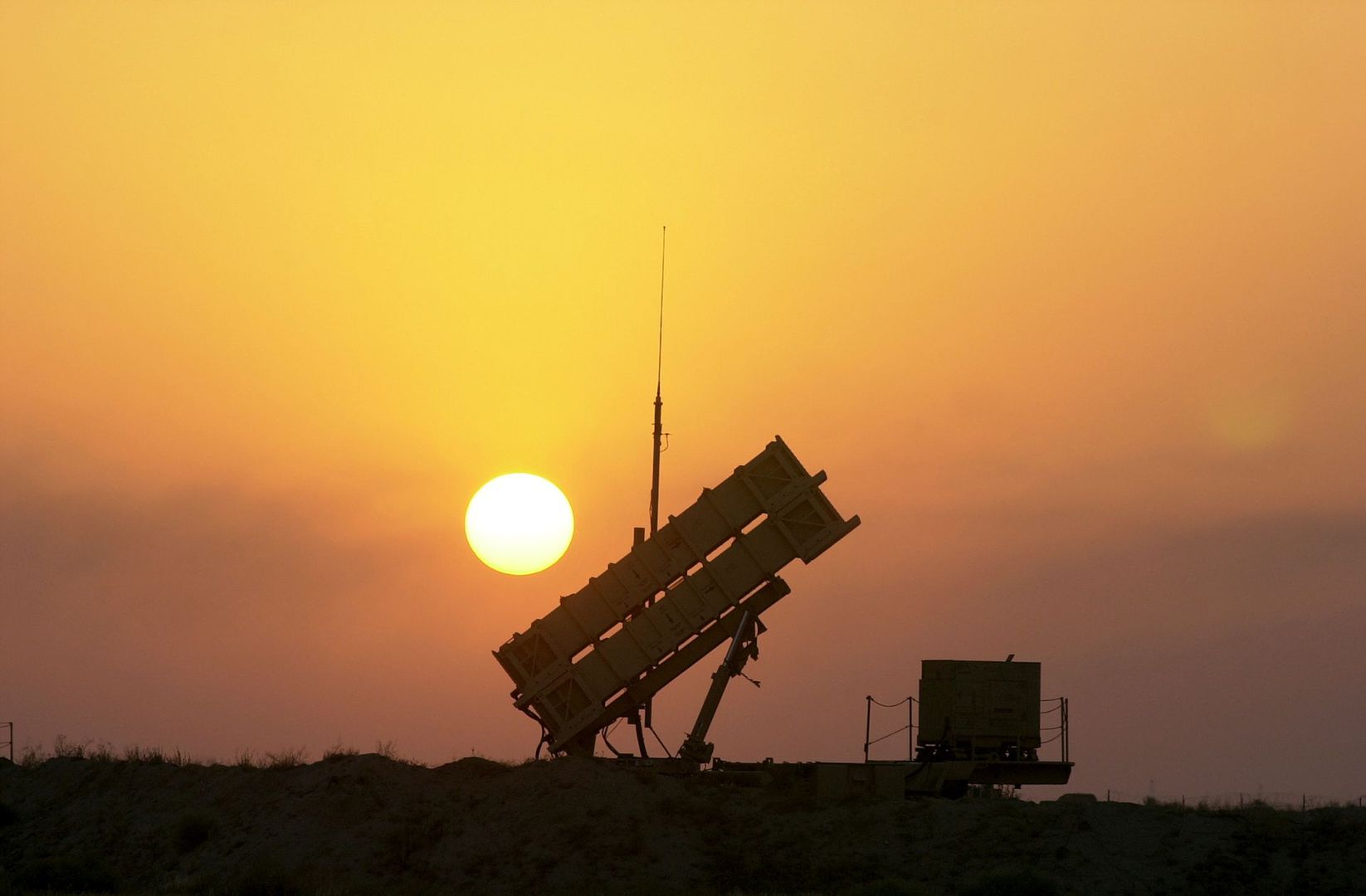As 2018 turned to 2019, growth in the global defense environment moderated slightly, according to a new white paper from Forecast International.
The Global Defense Spending Annual Snapshot produced by Forecast’s International’s Military Markets group highlights the factors behind the modest deceleration, while noting that the short- and medium-term military investment climate remains stout.
Buoyed by strong markets in the Asia-Pacific and Middle East, plus continuing investment growth among European NATO members seeking to recapitalize capabilities following decades of defense cuts, the broader global environment appears sturdy enough to withstand short-term economic hiccups.
Despite a few dips in dollar-adjusted spending among large defense-spending nations, the overall market continues to reflect growth. Whether in Europe, the U.S., Russia or the countries of East and South Asia, the trend shows nations putting more money into resourcing their militaries and investing in future technologies and/or asymmetric capabilities.
Robust military modernization programs in China and Russia, plus competition in the spheres of cyber, electronic and information warfare, space, intelligence-gathering, and unmanned capabilities, will drive forward investment by the premier defense-spending nations. There is also a push for greater local industrial participation and capability in many traditional arms-importing nations such as Australia, India, Saudi Arabia and Turkey, which in turn calls for more internal expenditure.
Meanwhile, improving force readiness and rectifying maintenance issues serve as drivers for the Pentagon as it oversees the world’s largest defense budget.
The latest white paper is an amalgamation of Forecast International’s International Military Markets regional analyses library, providing a glimpse at some of the analysis and rationales behind its spending projections.










